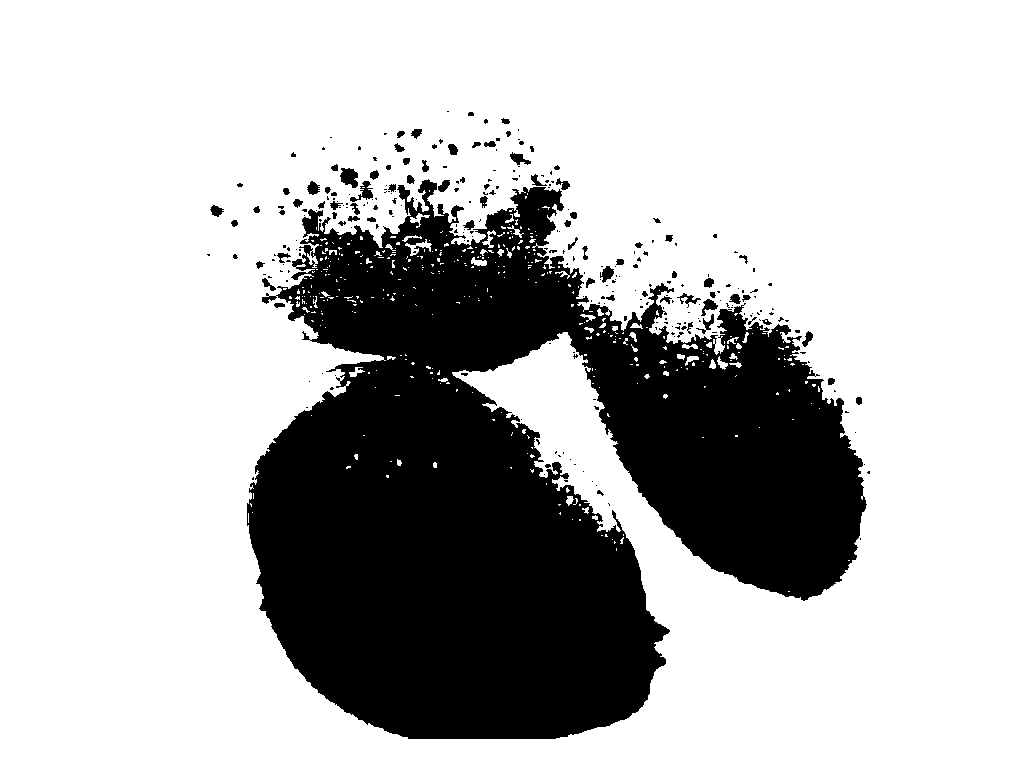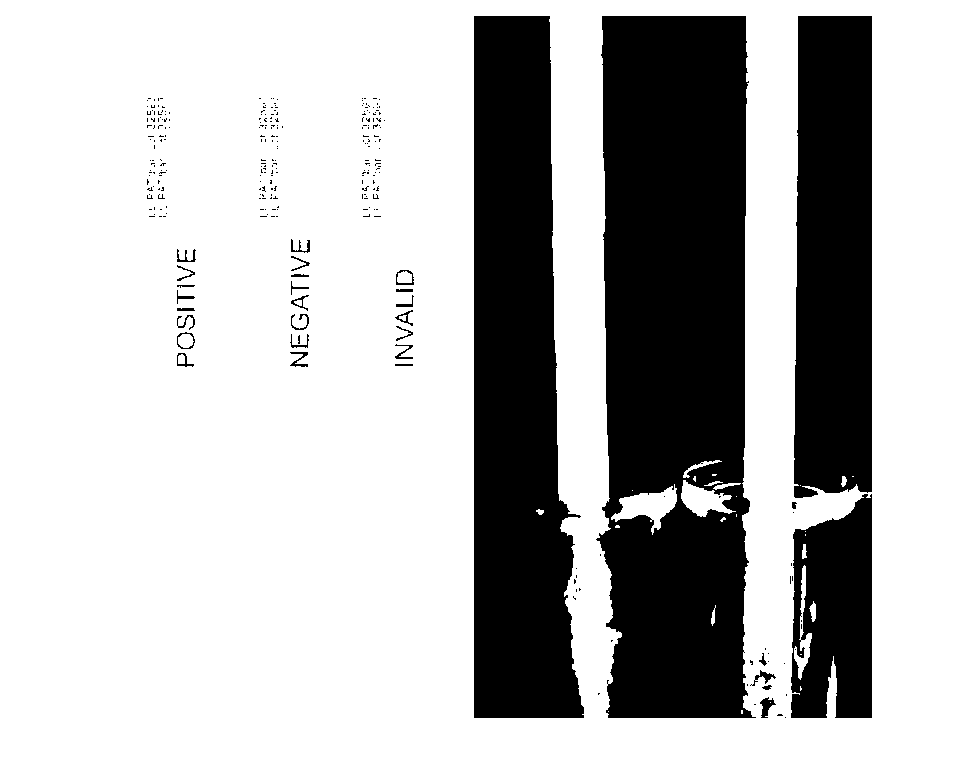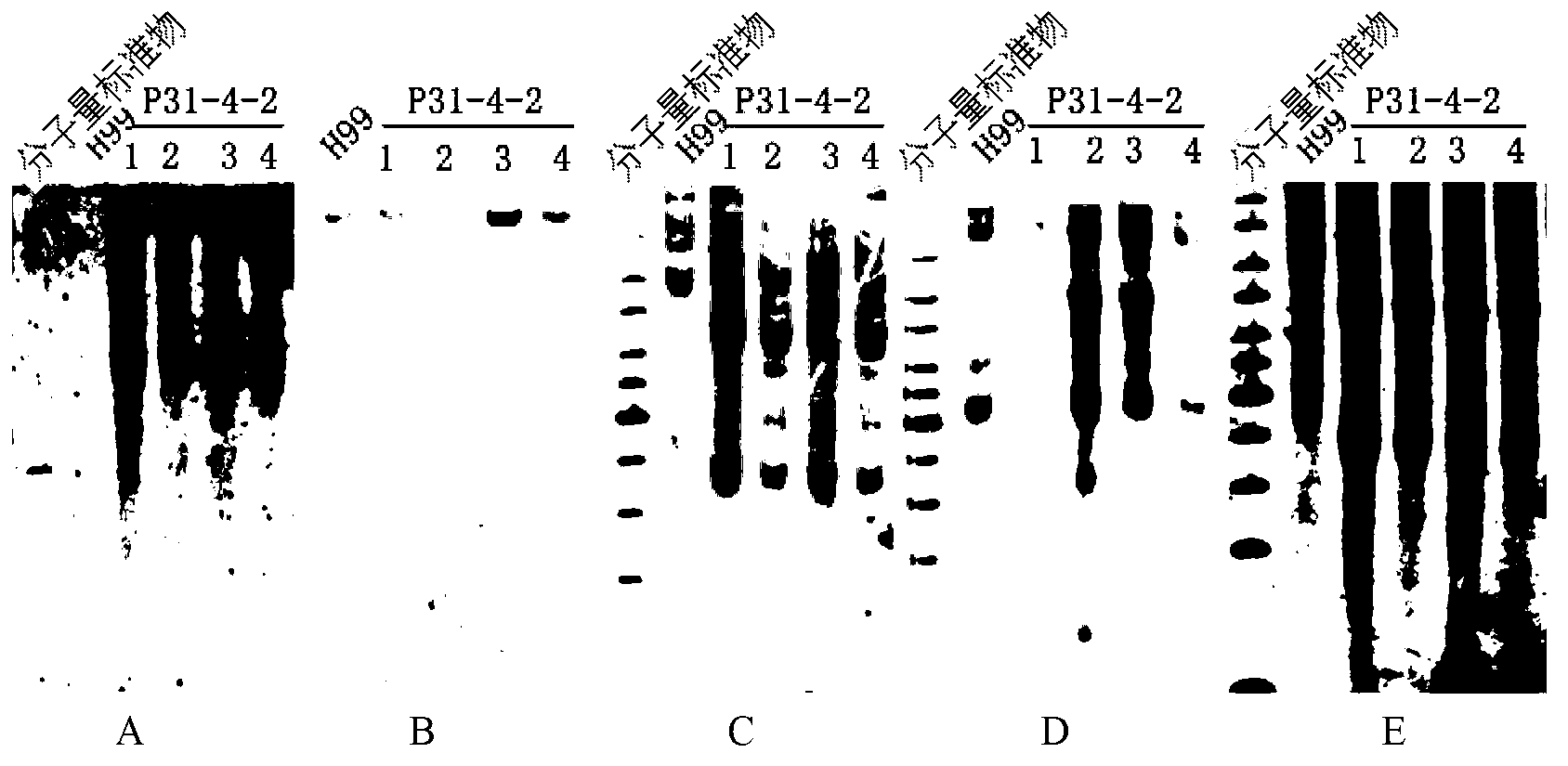Method for cultivating starch-content-increased transgenic plant through multi-gene transformation
A technology of transgenic plants and genes, applied in botany equipment and methods, biochemical equipment and methods, plant regeneration, etc., can solve the problems of inability to construct vectors, cumbersome vector construction, and low transformation efficiency
- Summary
- Abstract
- Description
- Claims
- Application Information
AI Technical Summary
Problems solved by technology
Method used
Image
Examples
Embodiment 1
[0100] Embodiment 1, the acquisition of the transgenic plant of co-transferring 5 genes
[0101] 1. Acquisition of 5 expression vectors
[0102] The expression vectors required for the five transgenes are pTRAuxBar, pGt1-Bt2, pISA-Sh2, pB1hor-Sh1, and pHMW-GbssIIa; the specific components of the above five expression vectors are shown in Table 1. The required primers are listed in Table 2.
[0103] Table 1 is the expression vector used for multi-gene co-transformation
[0104]
[0105] Table 2 Primers used for cloning promoters and genes
[0106]
[0107] * The flanking position of the primer (underlined part) is added to the corresponding att recombination site;
[0108] The construction methods of the above five expression vectors are as follows:
[0109] 1) pTRAuxBar
[0110] The vector pTRAuxBar was provided by Zhu and described in the following literature: Cost-effective production of a vaginal protein microbicide to prevent HIV transmission, Proc Natl Acad Sci...
PUM
| Property | Measurement | Unit |
|---|---|---|
| conversion efficiency | aaaaa | aaaaa |
Abstract
Description
Claims
Application Information
 Login to View More
Login to View More - R&D
- Intellectual Property
- Life Sciences
- Materials
- Tech Scout
- Unparalleled Data Quality
- Higher Quality Content
- 60% Fewer Hallucinations
Browse by: Latest US Patents, China's latest patents, Technical Efficacy Thesaurus, Application Domain, Technology Topic, Popular Technical Reports.
© 2025 PatSnap. All rights reserved.Legal|Privacy policy|Modern Slavery Act Transparency Statement|Sitemap|About US| Contact US: help@patsnap.com



